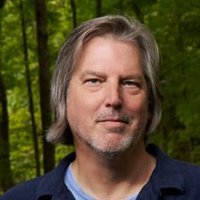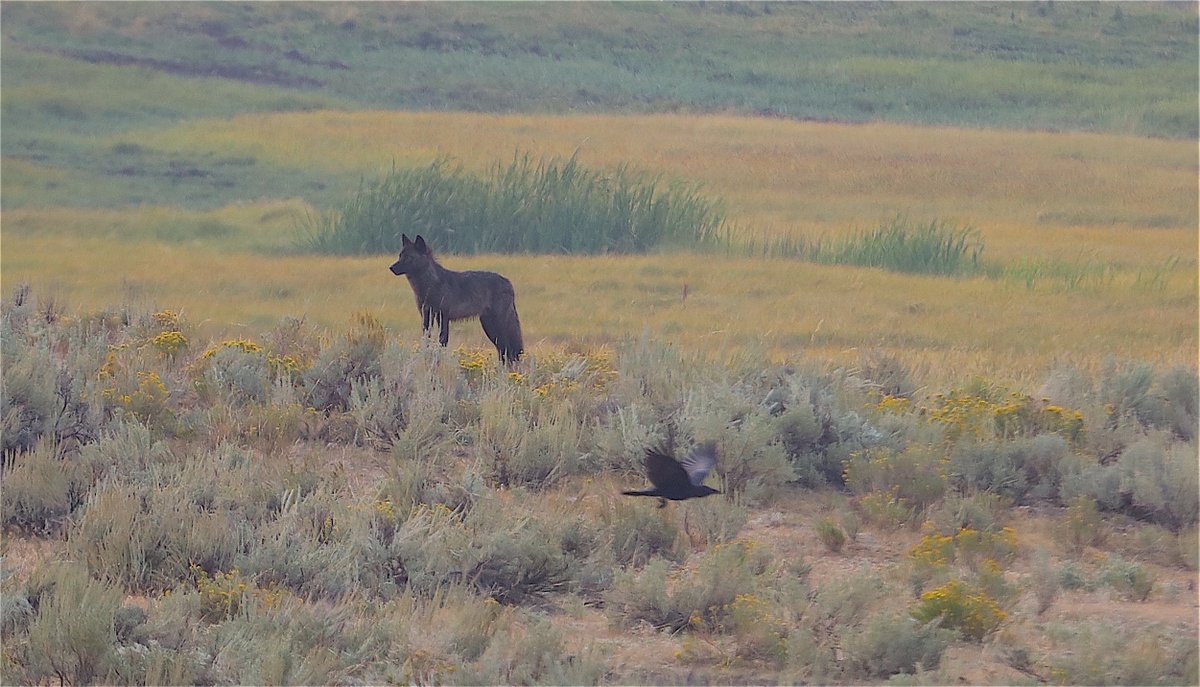
Elizabeth Hadly
@lizhadly
Using stories told by the past to illustrate our choices for the future....choices that are threatened more every day. Climate, biodiversity, global change
ID: 322658873
http://www.stanford.edu/group/hadlylab/index.html 23-06-2011 14:54:40
26,26K Tweet
3,3K Takipçi
0 Takip Edilen

Theo Baker Elisabeth Bik The Stanford Daily There must be the water there or something... statnews.com/2021/05/24/sta…

Brazil's transfer of power shows how democracy can work even in the face of extremist tides. It's shameful that Bolsonaro chose to flee to Mar-a-Lago instead of handing the presidential sash to Lula. But the deeply inclusive ceremony was beautiful, as Oscar Soria describes.













Dr. Daniel Swain I think yes, but it's diffuse and hasn't traditionally been emphasized in research-focused units. More of the training in those units seems to be "how to talk about your fabulous new research article" rather than "how to talk about this season's drought and today's big storm."




Thrilled to see the fruit of a wonderful collaboration led by former Ph.D. candidate and now Dr. Dra. Kirsten Isabel Verster 🪰🧬🦠 (now a postdoc with Elizabeth Hadly) and Dr. Gyöngyi Cinege (Biological Research Centre, Szeged, Hungary) now out PNASNews: pnas.org/doi/10.1073/pn…! Kirsten et al. discovered.../1



